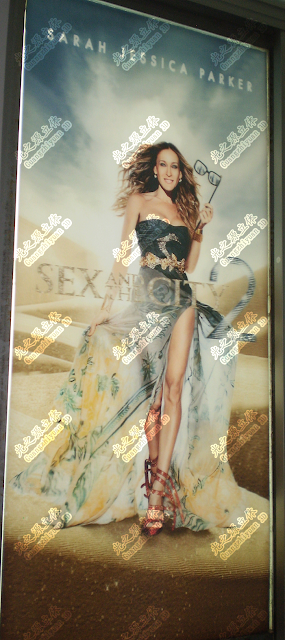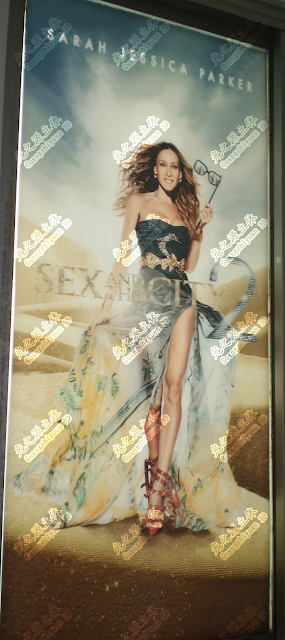Lenticular Advertising: Captivating the Consumer's Gaze

Lenticular lenses, which are specifically engineered sheets with multiple parallel cylindrical lenses on one side and a flat surface on the other, are used in lenticular technology. When seen from different angles, these lenses refract light in different ways, providing the appearance of motion or depth. Lenticular prints for lenticular advertising may provide a continuous motion impression or display different messages or graphics depending on the viewer's perspective by mixing many pictures or frames. Versatile marketing Applications Lenticular advertising is a flexible tool for organizations since it can be used across several marketing platforms, both online and offline. We will examine a few of its applications now: Print Ads : Lenticular technology may be implemented into posters, billboards, magazine covers, and product packaging, allowing firms to present their products or promotions in an eye-catching way. Point of Sale Displays : Lenticular displays a












